
Maglev Wind Turbine Home Made
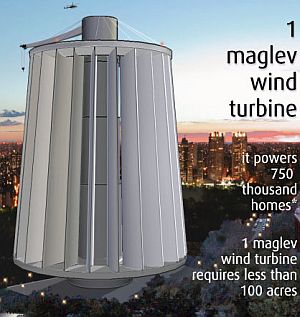
Sometime in 2007, a viral advertising of a Chinese company producing wind power stations spread across the Internet. It is said in it that the company has invested millions into the development of MagLev (derived from Magnetic Levitation) bearings for wind turbines. Such bearing, which has almost zero resistance, is said to increase efficiency of wind turbines greatly. Mankind has within its reach a cheap source of clean energy, hooray!
Anyone who was paying attention in physics classes, sees at first glance that this is nonsense. But because such people are surprisingly few, let's repeat why it is nonsense.
The wind turbine, if it is to do any work, has to overcome resistance. Be it a resistance of crushed grain in case of windmill, weight of pumped water in case of American wind pump, or resistance of generator loaded by electrical appliances in case of wind power plant. This "useful" resistance is under normal operating conditions many times greater than the resistance of the bearings. In a similar mode, for example, works the cyclist, who overcomes the steep climb. Most of the energy he spend to overcome gravity, while the resistance of bearings, air and rolling resistance of tires is negligible against it. The idea that after the removal of this resistance would cyclist rode up the hill quickly and easily is naive, as well as the notion that MagLev bearings can significantly improve the efficiency of wind turbines. Let's grant that MagLev bearings can have lower noise and longer life, but it will improve the efficiency less than little.
Nevertheless, viral advertising quickly spread, is still available on many websites and penetrated into wikipedia and various papers. Some "rational" comments concede that the increased efficiency of MagLev turbine will take effect mainly at low wind speeds. Written up this way, that's the truth, nothing but the truth. But it may give the impression that the turbine will provide power at low wind speeds. In fact, it means that when a light breeze is blowing, the energy intercepted by the turbine is so small that it is comparable with the energy that is lost in conventional bearings. If, for example, half the captured energy were needed to overcome the friction of bearings, then removing of this friction would directly increased energy supplied by the turbine twice. However, this means that instead of the amount of energy "almost nothing" we gain "twice almost nothing". This "invention" will really not satisfy the huge energy demands of mankind....
However, if we do not want take any energy from the turbine and settle with the fact that it moves (eg for scaring birds), reducing the friction of bearings does make a sense. Exactly for this purpose I have made something like that.
MagLev turbine made from PET bottle
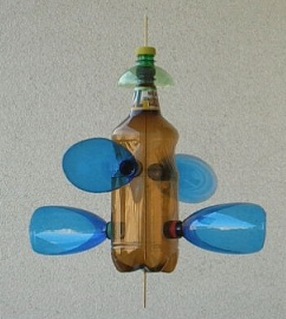
Pinwheel from PET bottle spins in every other garden. I improved its design using magnetic bearings, promising low friction and long life. The basis is a pair of neodymium ring magnets with suitable dimensions, which can now be easily obtained from some of the many online stores. Pictures will tell more than a long story.
Of course, with permanent magnets it is impossible to construct such bearing, in which the moving parts do not touch each other at all, as proved in the 19th century S. Earnshaw . In our case we have the bearing "magnetically assisted". The real MagLev would require controlled electromagnet and feedback, or superconductor. Assumptions of Earnshaw's theorem (static system, permanent magnets) can be avoided in the case of diamagnetic levitation or spin stabilization, but this does not allow to build a usable bearing.

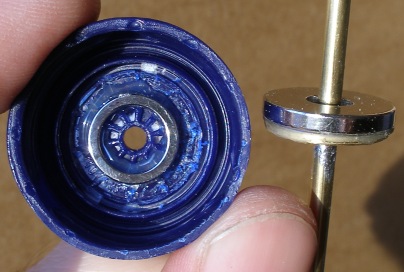
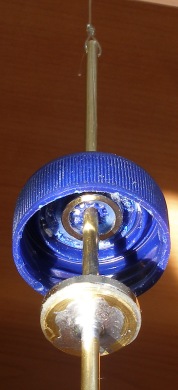

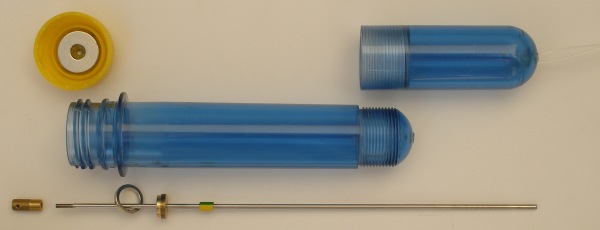
10/2011 mweb09 cesnet
cesnet cz .
cz .